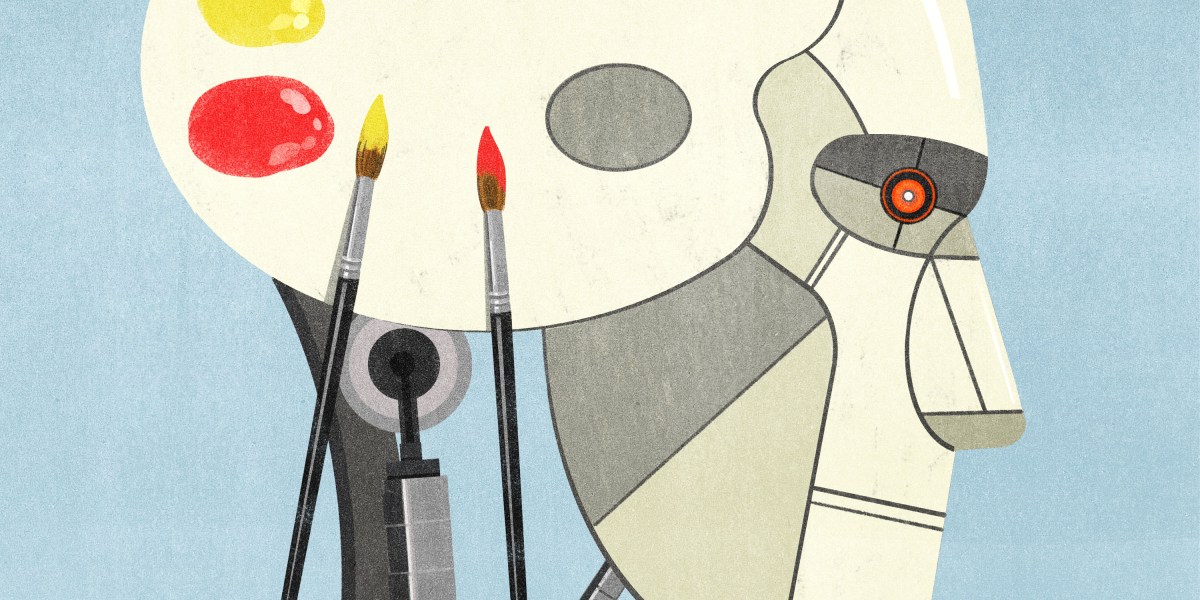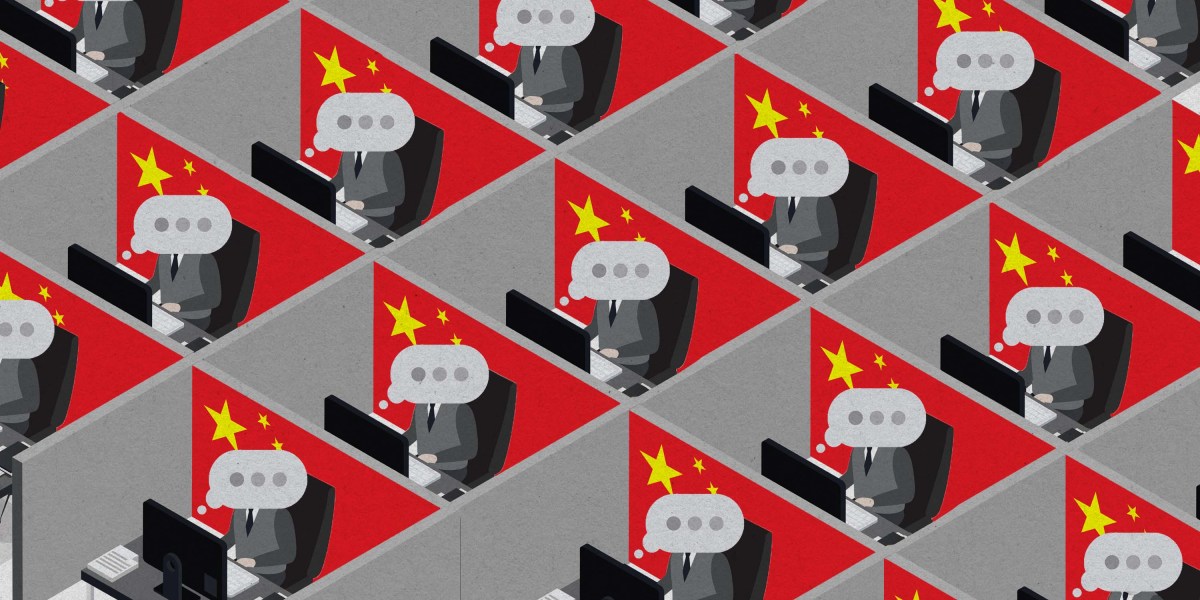The rapid proliferation of AI in our lives introduces new challenges around authorship, authenticity, and ethics in work and art. But it also offers a particularly human problem in narrative: How can we make sense of these machines, not just use them? And how do the words we choose and stories we tell about technology affect the role we allow it to take on (or even take over) in our creative lives? Both Vara’s book and The Uncanny Muse, a collection of essays on the history of art and automation by the music critic David Hajdu, explore how humans have historically and personally wrestled with the ways in which machines relate to our own bodies, brains, and creativity. At the same time, The Mind Electric, a new book by a neurologist, Pria Anand, reminds us that our own inner workings may not be so easy to replicate.
Searches is a strange artifact. Part memoir, part critical analysis, and part AI-assisted creative experimentation, Vara’s essays trace her time as a tech reporter and then novelist in the San Francisco Bay Area alongside the history of the industry she watched grow up. Tech was always close enough to touch: One college friend was an early Google employee, and when Vara started reporting on Facebook (now Meta), she and Mark Zuckerberg became “friends” on his platform. In 2007, she published a scoop that the company was planning to introduce ad targeting based on users’ personal information—the first shot fired in the long, gnarly data war to come. In her essay “Stealing Great Ideas,” she talks about turning down a job reporting on Apple to go to graduate school for fiction. There, she wrote a novel about a tech founder, which was later published as The Immortal King Rao. Vara points out that in some ways at the time, her art was “inextricable from the resources [she] used to create it”—products like Google Docs, a MacBook, an iPhone. But these pre-AI resources were tools, plain and simple. What came next was different.
Interspersed with Vara’s essays are chapters of back-and-forths between the author and ChatGPT about the book itself, where the bot serves as editor at Vara’s prompting. ChatGPT obligingly summarizes and critiques her writing in a corporate-shaded tone that’s now familiar to any knowledge worker. “If there’s a place for disagreement,” it offers about the first few chapters on tech companies, “it might be in the balance of these narratives. Some might argue that the benefits—such as job creation, innovation in various sectors like AI and logistics, and contributions to the global economy—can outweigh the negatives.”
Vauhini Vara
PANTHEON, 2025
Vara notices that ChatGPT writes “we” and “our” in these responses, pulling it into the human story, not the tech one: “Earlier you mentioned ‘our access to information’ and ‘our collective experiences and understandings.’” When she asks what the rhetorical purpose of that choice is, ChatGPT responds with a numbered list of benefits including “inclusivity and solidarity” and “neutrality and objectivity.” It adds that “using the first-person plural helps to frame the discussion in terms of shared human experiences and collective challenges.” Does the bot believe it’s human? Or at least, do the humans who made it want other humans to believe it does? “Can corporations use these [rhetorical] tools in their products too, to subtly make people identify with, and not in opposition to, them?” Vara asks. ChatGPT replies, “Absolutely.”
Vara has concerns about the words she’s used as well. In “Thank You for Your Important Work,” she worries about the impact of “Ghosts,” which went viral after it was first published. Had her writing helped corporations hide the reality of AI behind a velvet curtain? She’d meant to offer a nuanced “provocation,” exploring how uncanny generative AI can be. But instead, she’d produced something beautiful enough to resonate as an ad for its creative potential. Even Vara herself felt fooled. She particularly loved one passage the bot wrote, about Vara and her sister as kids holding hands on a long drive. But she couldn’t imagine either of them being so sentimental. What Vara had elicited from the machine, she realized, was “wish fulfillment,” not a haunting.
The rapid proliferation of AI in our lives introduces new challenges around authorship, authenticity, and ethics in work and art. How can we make sense of these machines, not just use them?
The machine wasn’t the only thing crouching behind that too-good-to-be-true curtain. The GPT models and others are trained through human labor, in sometimes exploitative conditions. And much of the training data was the creative work of human writers before her. “I’d conjured artificial language about grief through the extraction of real human beings’ language about grief,” she writes. The creative ghosts in the model were made of code, yes, but also, ultimately, made of people. Maybe Vara’s essay helped cover up that truth too.
In the book’s final essay, Vara offers a mirror image of those AI call-and-response exchanges as an antidote. After sending out an anonymous survey to women of various ages, she presents the replies to each question, one after the other. “Describe something that doesn’t exist,” she prompts, and the women respond: “God.” “God.” “God.” “Perfection.” “My job. (Lost it.)” Real people contradict each other, joke, yell, mourn, and reminisce. Instead of a single authoritative voice—an editor, or a company’s limited style guide—Vara gives us the full gasping crowd of human creativity. “What’s it like to be alive?” Vara asks the group. “It depends,” one woman answers.




